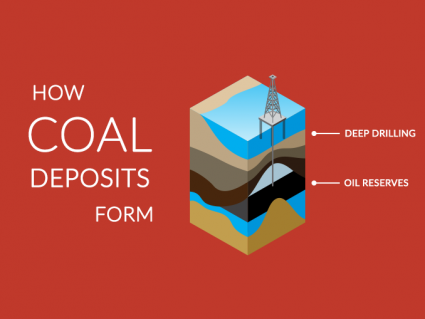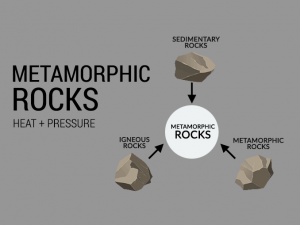What is a Stratovolcano (Composite Cone)?

What are the characteristics of a stratovolcano?
The stratovolcano is a tall, steep, and cone-shaped type of volcano. Unlike flat shield volcanoes like in Hawaii, they have higher peaks. At the peak, stratovolcanoes usually have a small crater.
Stratovolcanoes build up on height by layering lava, ash, and tephra. By definition, they have alternating layers of pyroclastics and lava.
When ash falls or lava flows, it solidifies and makes a narrower cone. Lava is high viscosity so it’s steep-sided. But shield volcanoes have lava that runs all the way down the side of the volcano.
How do stratovolcanoes work?
At subduction zones, both land and water dive into continents. Then, water enters into a magma chamber and becomes superheated.
At this point, it helps heat up the magma and make it easier to rise to the surface. Eventually, gases are trapped. Then, pressure builds. It’s less dense so they erupt violently.

Pyroclastic flow is deadly because it’s fast, hot, and poisonous. This type of flow can travel at speeds up to 700 mph. But stratovolcanoes run through cycles with lots of small eruptions.
Even though the conduit is the main pipe from the magma chamber to the summit, lava can also go through a dyke or fissure to a side vent.
What are examples of stratovolcanoes?
Most stratovolcanoes are at subduction zones. If you travel along the Ring of Fire, these are mostly this type of volcano. The Ring of Fire is just a string of subduction zone volcanoes surrounding the Pacific Ocean.
The Pacific Ocean seafloor is subducting under the continents. It brings water causing eruptions from stratovolcanoes. This includes the deadliest volcanoes in Indonesia, Japan, and the Philippines.
Here are some examples of stratovolcanoes in the Pacific Ring of Fire:
- MOUNT FUJI: Mount Fuji is a dormant stratovolcano that last erupted in the early 1700s.
- MOUNT RAINIER: Mount Rainier is a stratovolcano and is the tallest mountain in the state of Washington.
- ANDES MOUNTAINS: The Andes Mountains run along the western side of South America and are dominated by stratovolcano.
- INDONESIA: Indonesia is the most volcanically active including Mount Krakatoa which catastrophically erupted in 1883.
- CASCADES: The Cascades are a long chain of stratovolcanoes in Washington, Oregon, and Central California.

What is the neck of a stratovolcano?
Over time, stratovolcanoes erode away from wind and water. The pyroclastics and ash erode quicker than the solid plug. They’re loose and get stripped away. What remains is the solid rock conduit sticking out of the ground. This is called a “neck”.
- SHIPROCK: Shiprock in New Mexico has a remnant neck and dyke eroded away.
- DEVILS TOWER: Devil’s Tower was considered an ancient volcano. But recently, geologists believe it’s an igneous intrusion that formed underground from molten rock.
Overall, Devil’s Tower and Shiprock are both prominent geological features known as volcanic necks, remnants of ancient stratovolcanoes where the softer surrounding rock eroded away, leaving behind these distinctive and resistant volcanic plugs.
What is a stratovolcano?
The stratovolcano is a type of volcano that rises above the Earth’s surface in a conical or cylindrical shape.
They are constructed by many layers of hardened lava, volcanic ash, and volcanic bombs called tephra.
Please use the comment form below to get in touch with us if you have questions about stratovolcanoes.















What was the world’s first stratovolcano?